Though our camera batteries were dead and our feet were tired by the end of the day, none of us could complain about our day Old Havana. Monty led us on an enlightening day-long walking tour that opened our eyes to the many sides of Havana, the good and the bad, the hopeful and the sad. We considered not just historical buildings, but the role they play within the larger context of Old Havana’s standing as a UNESCO World Heritage Site and the restoration and preservation efforts of the Office of the City Historian of Havana, the state branch charged with these duties.
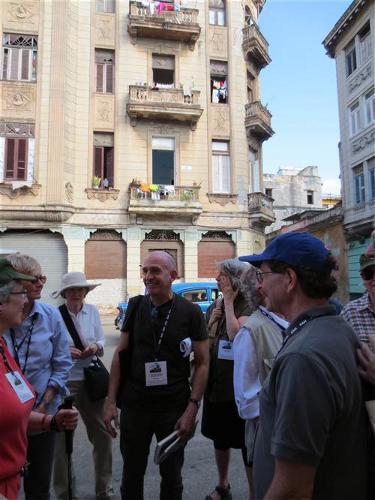
We started our tour in Plaza de Armas (Arms/Weaponry Square), a square that dates back to the 16th century and is layered with buildings and landscaping that reveal the genesis of the city. One of the highlights of the square is the Palacio de los Capitanes Generales (Palace of the General Captains), which now houses the Museum of the City. Built between 1776-1791, this building is considered one of the fines examples of Cuban Baroque architecture, second only to Havana’a cathedral. As the seat of the Spanish governors in Cuba, the palace’s location in this square, which was used as a military parade ground, helped establish the square as the military and administrative center during the colonial period. The palace was one of the first projects to be restored by the Office of the City Historian and they maintained the exposure of the raw stone, which was how the building had appeared since a restoration in the 1930s, though the building was originally plastered and painted.
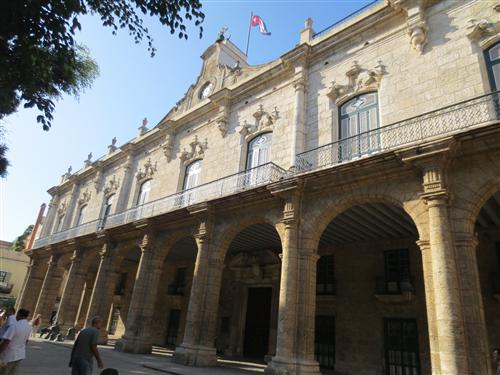
Our next stop was the Plaza de Catedral (Cathedral Square), a plaza that, despite its current name, originally developed as the main square to collect water as this was where the aqueduct terminated. Because Plaza de Armas developed as the administrative center, it was decided that the parish church that stood there should be demolished and rebuilt in what is now Plaza de Catedral. Conveniently, there was already a church project that was started in this square (begun by the Jesuits but abandoned when the Jesuits were expelled from Spanish colonies) and the church was completed and consecrated as the cathedral in 1787. The rest of the square is composed of colonial villas that were privately owned but have now been dedicated to various state enterprises: a restaurant, a museum, and the offices of a branch of the Office of the City Historian.
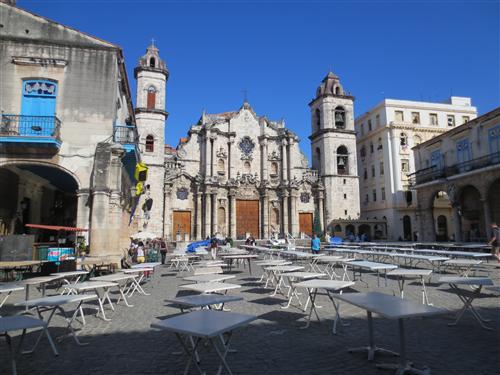
In Old Havana, four historically and architecturally important squares have received the attention of the Office of the City Historian (Plaza de Armas, Plaza de Catedral, Plaza Vieja, and Plaza de San Francisco de Assis). The four plazas often form the core of walking tours of the historic city center and ours was no exception. We stopped in Plaza Vieja (Old Square), which developed during the colonial period as a residential square. A tour around this plaza is a lesson in the work of the Office of the City Historian, almost all the edifices are adorned with “before and after” photos that chronicle the massive restoration efforts necessary for the salvation of these buildings. Our tour was punctuated by lunch in the courtyard of a colonial building in this square.
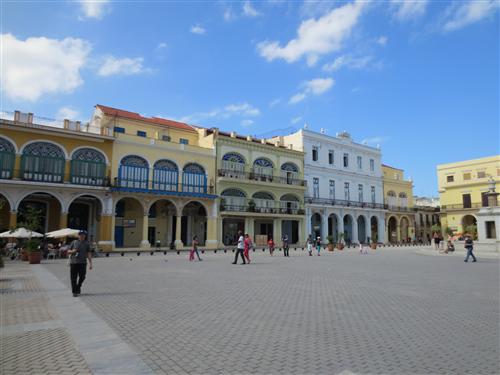
While our tour did stop at the four main plazas of Old Havana in a manner similar to other walking tours, our tour was anything but average. Monty led us down the streets that could serve as postcard for the efforts of the Office of the City Historian and he led us down streets untouched and seemingly forgotten by the government. We saw buildings in sad states of neglect, disrepair, and decay, some of which were in the middle of a slow process of collapse. We saw buildings held up by pieces of timber and other types of scaffolding and at times it was hard to tell what were the personal interventions of inhabitants and the efforts of a preservation office that has too many buildings to save and not enough available materials on hand.
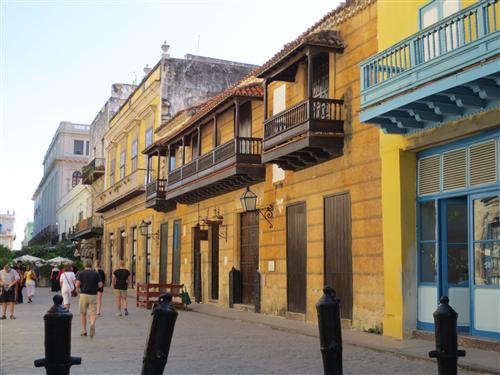
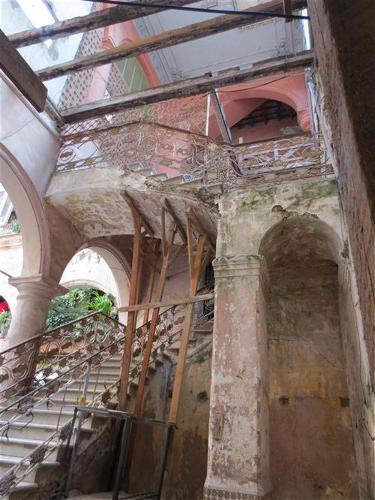
Our walking tour ended with us cruising through the streets that gave Havana the nickname “the Wall Street of the Caribbean.” We saw a large number of banks built in the 19th and 20th century, both local and foreign and ended with the Banco Pedroso (1952-1954), the last significant bank to be built in Old Havana.
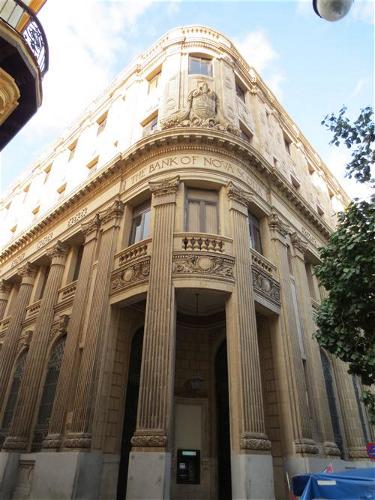
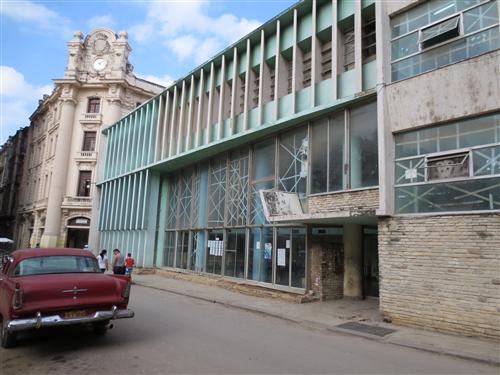
Our day did not end here! After a few hours to rest at the hotel we were back in Old Havana again, this time in order to enjoy the New Year festivities taking place in Plaza de Catedral. Here we were treated to party favors, a full dinner, drinks, and amazing Cuban music and dancing. Perhaps the highlight of all of this was on-stage salsa dancing by Monty and Carla Yanni!
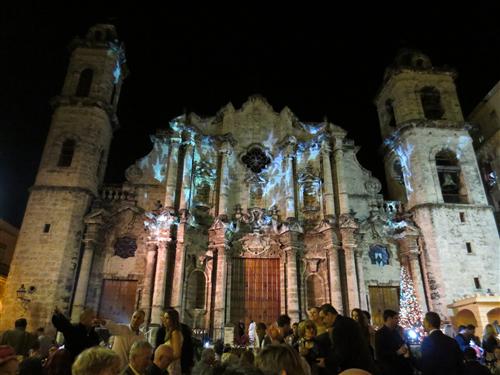
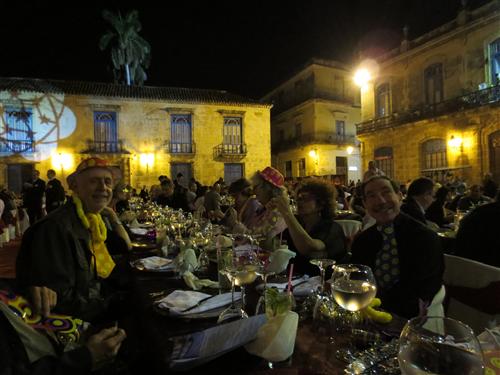
 Erica N. Morawski, Ph.D. Candidate, University of Illinois - Chicago
Erica N. Morawski, Ph.D. Candidate, University of Illinois - Chicago
Erica N. Morawski is a Ph.D. candidate in art History at the University of Illinois – Chicago. She received a BA in art history at Tulane University and MA in Art History at the University of Texas at Austin. She is currently completing a dissertation entitled, “Designing Destinations: Hotel Architecture, Urbanism, and American Tourism in Puerto Rico and Cuba.” This work investigates the role of hotels in shaping understandings of national identity, which in turn shaped international relationships, through an approach that systematically ties object and image analysis with social, political, and economic histories. Her work argues that these hotels functioned, and continue to function, like diplomatic cultural attachés—their design shaped politics on the islands, and played a decisive role in shaping past and current international relations.